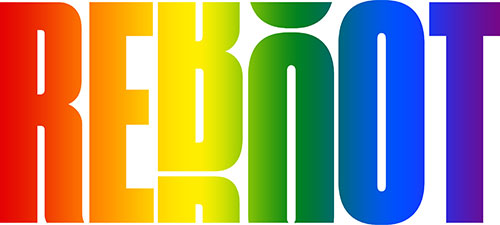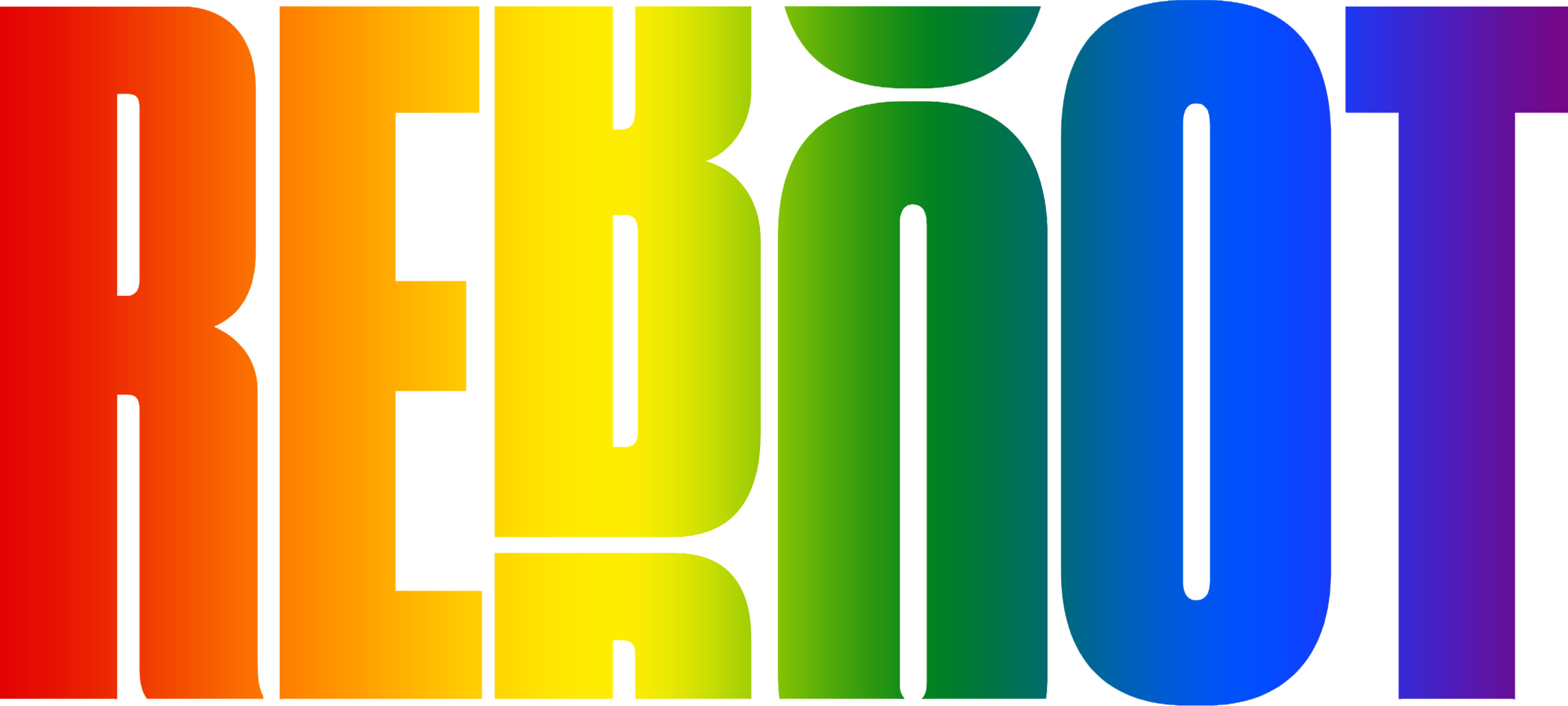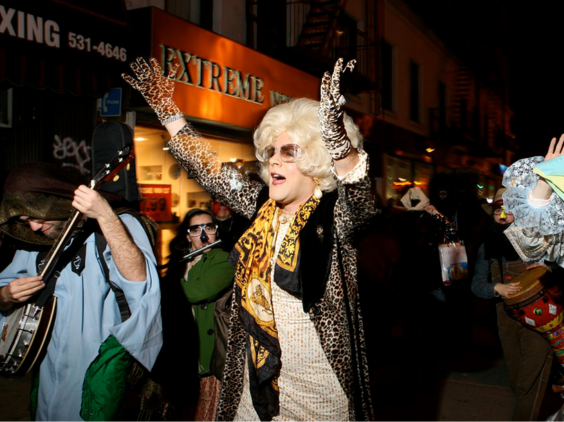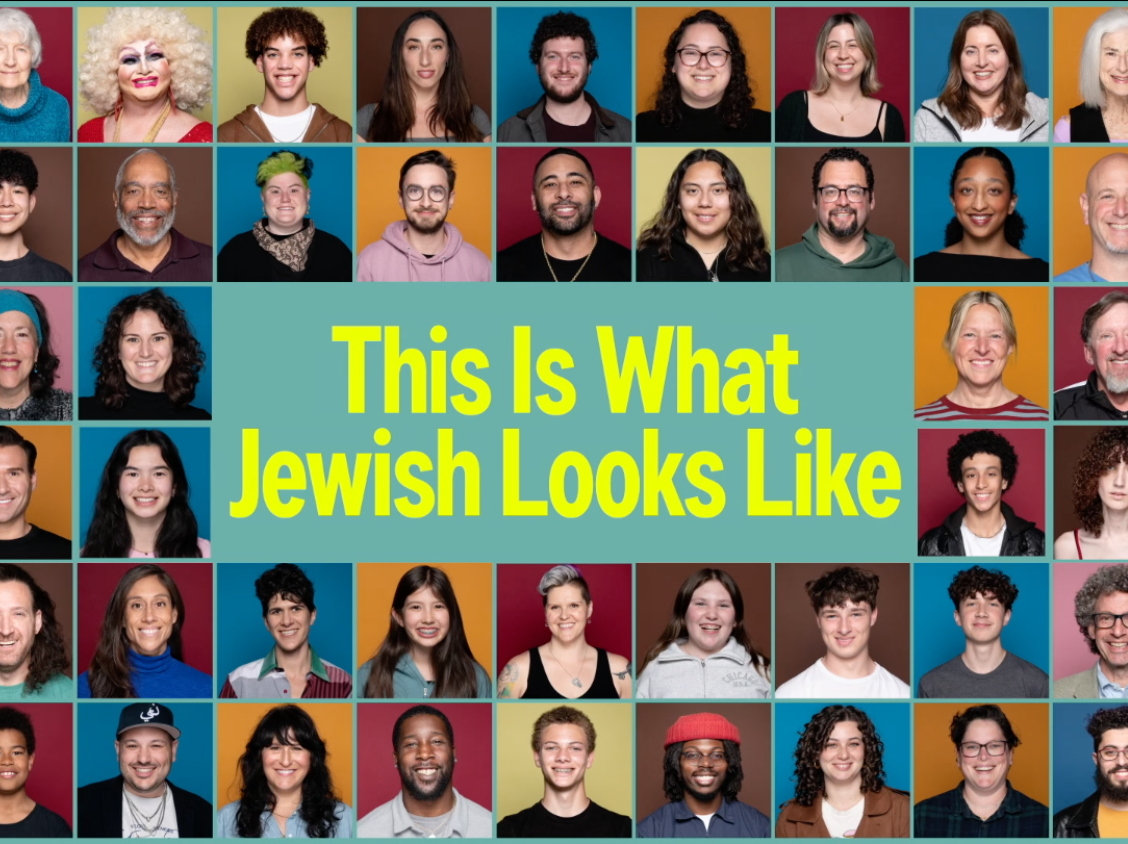T4T: Trans for Talmud
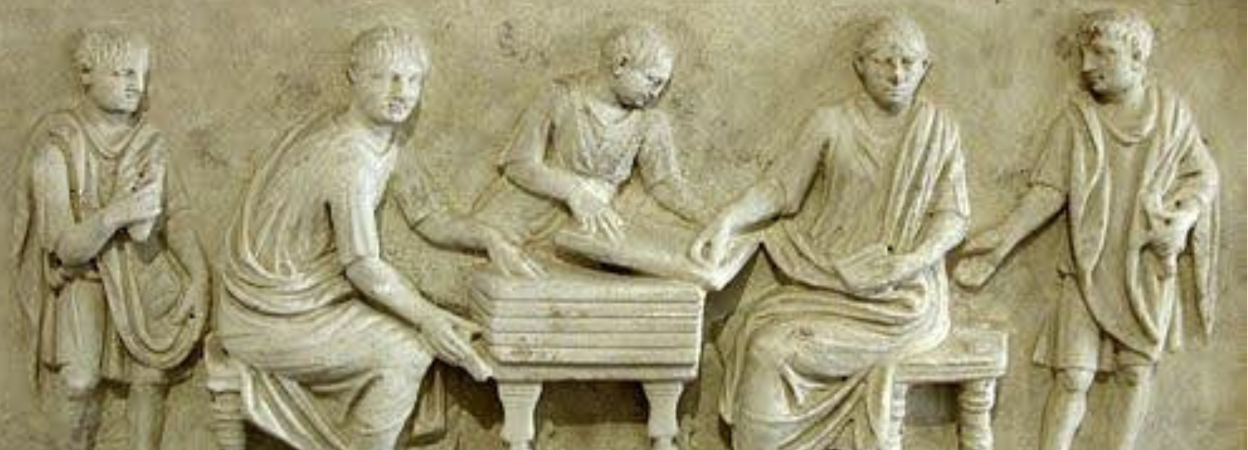
Happy Pride! Let’s discuss how trans the Talmud is, shall we?
Queers? Well, we have always been here, and the Talmud says it’s so. The Talmud, our ancient tome of rabbinic literature (where the rabbis of long ago agreed on – but mostly argued over– Halakha, or Jewish religious law), dates back as far as 500 CE and clocks trans and gender non-conforming individuals quite literally millenia before Jerry Springer audiences heard the phrase, “My Girlfriend is a Man.” (Worth the watch, for posterity.)
Yes, our Talmud includes explicit written evidence of gender-variant peoples as far back as 500 CE. (The Talmudic rabbis were doing a much more thorough, less splashy job than Jerry Springer, if you were wondering.) Thorough, did I mention thorough? Yes, because as anyone who knows the Talmud knows – IYKYK – there is no shortage of details/tangents when it comes to discerning what is or is not Halakha. Therefore, it is of no surprise that the Talmud comes up with eight different genders (one for each night of Hanukkah I assume? Crazy!) and they are listed as follows:
- Zachar, male.
- Nekevah, female.
- Androgynos, having both male and female characteristics.
- Tumtum, lacking sexual characteristics.
- Aylonit hamah, identified female at birth but later naturally developing male characteristics.
- Aylonit adam, identified female at birth but later developing male characteristics through human intervention.
- Saris hamah, identified male at birth but later naturally developing female characteristics.
- Saris adam, identified male at birth and later developing female characteristics through human intervention.
See, even today we can’t quite compete with the level of OCD the Talmudic rabbis had for the gendered (or genderless) devil in the details. In fact, not only did the ancient rabbis flesh out the existence of six genders that were not categorizable as male or female, they also got the idea that the first human being was both! Yes, that Adam (of course it was Adam because, you know, patriarchy) was created as both male AND female, a two-for-one. The rabbis went nuts for one verse in particular. It goes something like this, from the parshat Bereshit:
God created Adam in His image, in the image of God He created him; male and female God created them (Bereshit/Genesis 1:26-27)
We must wonder then, why does the Torah repeat itself here? Doesn’t it seem simple enough? God created Adam with lots of He/Him pronoun usage, so God must be male and so must Adam. But then, the final statement, the mic drop if you will, suggests something a bit more… complicated.
The sages, in Genesis Rabbah (a collection of creative Biblical interpretation from late antiquity), explain the unusual language as meaning that God created the first human being as an androgynous person, containing both male and female characteristics simultaneously.
Rabbi Yirmeya ben Elazar goes so far as to say: “In the hour when the Holy One Blessed Be He created the first human, He created an androgynos, as it is written, ‘male and female He created them.’”
Wow, he said it. And I guess there was no way to be canceled back then in late antiquity. *quickly Googles, ‘late antiquity torture methods’*
Today we understand the end of this verse, “male and female God created them” as a merism, a figure of speech in which a totality is expressed by two contrasting parts. Making Adam both “male and female.”. (I don’t know why but I am currently imagining Adam as the Torah’s very own Mona Lisa.)
The commentary on Andro-Adam doesn’t end with Rabbi Yirmeya -, it is the Talmud after all. Another rabbi argues that God made the first human with “two fronts,”, no derrière, so that no matter which way you approached this original human, it had a face on both sides like a double-headed coin – one side was the female side, the other side male. Only later did God get weirded out or bored and decide to split this double-faced human in two, according to the rabbis of the Talmud.
This, by today’s standards, very queer midrash, sets the stage for all sorts of Halahkic laws that now must integrate at least six other genders which deviate from “male” or “female.”. This caused a bit of good ol’ gender trouble, since Jewish Law is historically based on a gender binary. But what Talmudic rabbi didn’t love the prospects of a long winded and overly effusive argument? The rabbis thus contended with laws governing the bodies that didn’t fit into the binary, and I think their track record is already much much better than the current U.S. Supreme Court. The Talmudic rabbis note that, like any human being, “one who strikes [the androgynos] or curses him is liable.” (Bikkurim 4:3) Similarly, one who murders an androgynos is, well, a murderer. A radical thought, eh?
Not to paint our priestly forebears as wholly champions of ancient LGBTQ+ rights, but it warms my heart to know that certain rabbis long ago were considering our humanity and acknowledging something it seems even Adam knew: that we (gender-expanders) have always been here.
Want more trans-ish Adam? Check out the book by Max K Strassfeld, Trans Talmud: Androgynes and Eunuchs in Rabbinic Literature.
![]()
 Marval A. Rex is a transmasculine, Catalan-American actor, director, stand up comic and professional astrologer. Rex has directed and performed in genre-bending live artworks and films for over a decade. He is the mastermind behind Big Dad Energy, the world’s first exclusively trans masculine comedy night featuring the likes of Joey Soloway and BLM Canada founder Janaya “Future” Khan. Rex has produced and acted in numerous film projects including the Book of Queer on HBO Max and plays the lead in the upcoming psychological thriller House of Abraham. He is currently working on his first feature film, a documentary about his Sephardic Jewish roots with support from Reboot Studios. Rex is represented by Eric Kind at Brave Artists Management. Find out more at marvalarex.com.
Marval A. Rex is a transmasculine, Catalan-American actor, director, stand up comic and professional astrologer. Rex has directed and performed in genre-bending live artworks and films for over a decade. He is the mastermind behind Big Dad Energy, the world’s first exclusively trans masculine comedy night featuring the likes of Joey Soloway and BLM Canada founder Janaya “Future” Khan. Rex has produced and acted in numerous film projects including the Book of Queer on HBO Max and plays the lead in the upcoming psychological thriller House of Abraham. He is currently working on his first feature film, a documentary about his Sephardic Jewish roots with support from Reboot Studios. Rex is represented by Eric Kind at Brave Artists Management. Find out more at marvalarex.com.
